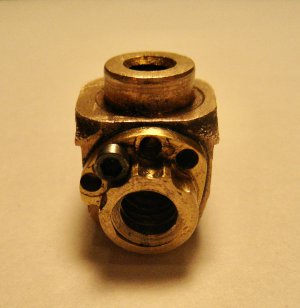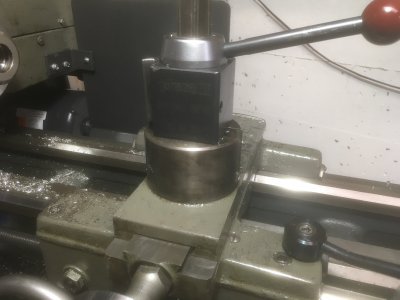- Joined
- May 26, 2015
- Messages
- 773
"What if"using two brass nuts instead of one! I do realize the screw cover will have to be made new to facilitate another nut at the same level as currently exists. Don't know if I can put in words what my idea is so I'll make a sketch in awhile. The screw cover has a step down so is why a new cover will have to be fabricated. A stiff spring between the two nuts would load an opposing force to adjust backlash. I just figure there has to be a workaround for this backlash. Mine is not as major as some being about .006" backlash. My brass nut is new but I have ordered another nut to play around with. If anyone has suggestions besides "forget it" let me know about my folly or how you think this mod might be achieved.






